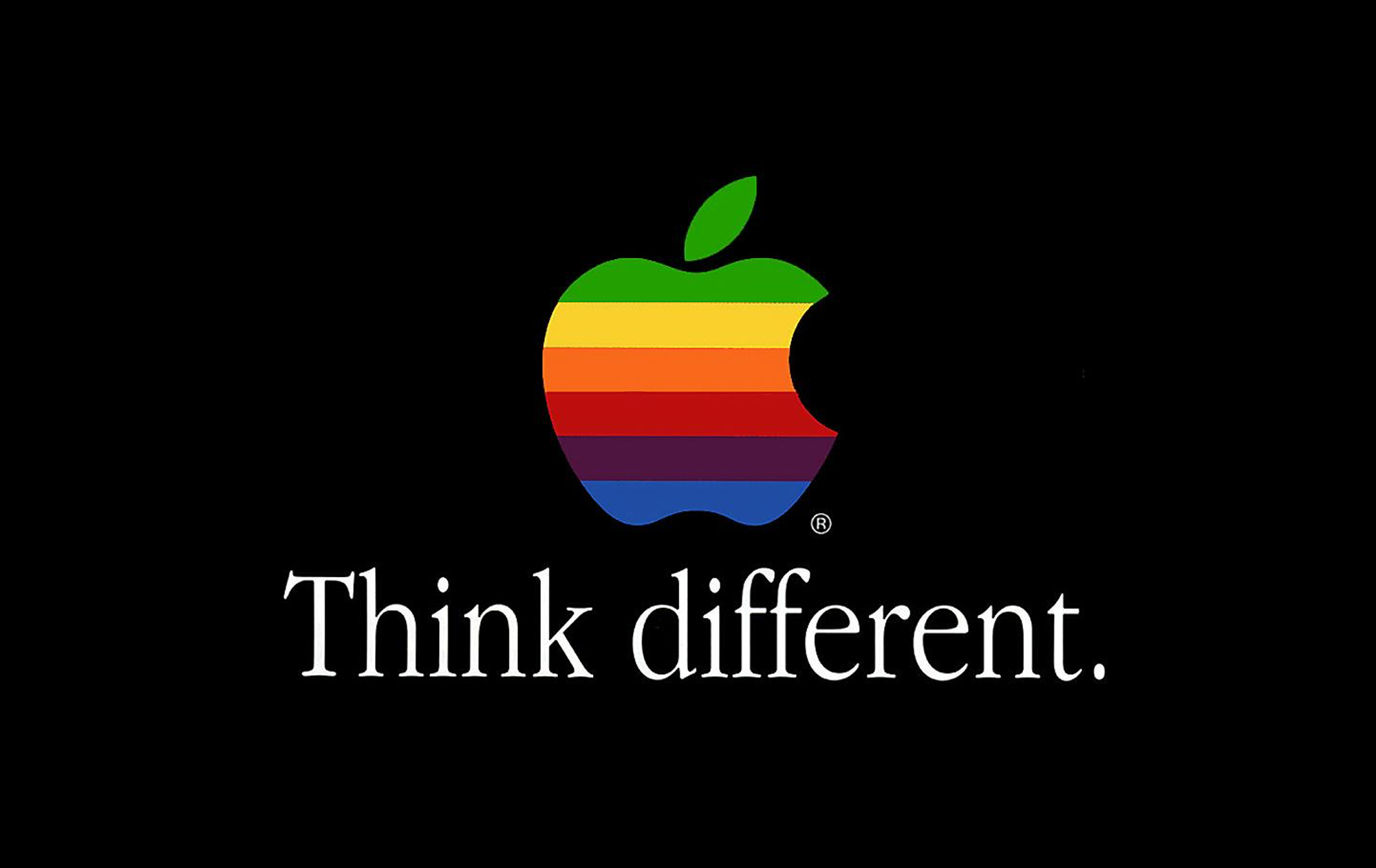
Throughout history, we have seen great inventions that reverse the woes of humanity and satisfy the many needs and desires of the public. Historic innovators like Thomas Edison, Henry Ford and Eli Whitney have created life changing products that revolutionized life for people of their respective eras. However, (unless your product can top the light bulb) industry today requires a more tactical approach to putting products on the market.
Take for example the epitome of modern-day innovation—Steve Jobs and the Apple Corporation. In 2001, the Apple iPod hit the market—a truly one-of-a-kind product. As a child of the 90s, I, like many others, was in awe of the device. It was incredible that software no longer needed to read shiny silver plastic in order to play music and it all fit in a box slightly larger than a post-it note. The product was a real game changer in the portable music industry—and a 90’s kid’s dream. The product was a huge success, not only because of what it was, but how Apple marketed it through each stage of its life cycle.
Apple made people aware of the product launch with the “iPod People” campaign, where silhouettes of young and hip Mac users danced around to the music—iPod in hand. They could shake and shimmy with no skipping, no disc flipping and no bulky plastic disc.
It wasn’t until many versions of the iPod later that I was able to get my hands on my very own iPod Nano. By that time, MP3 players were widely available at less expensive rates. The iPod had reached maturity, and the majority of the population was no longer in awe of the software—but Apple found new ways to remain relevant. Apple kept innovating and upgrading its products, but more importantly, it began to sell a lifestyle, which is why the iPod Nano became the top selling music playing device in world history.
Apple accomplished this by—literally—giving life to its products in the “I Am a Mac” campaign depicting Justin Long as the cool, young and hip embodiment of a Mac, while John Hodgeman portrayed his awkward and stiff PC counterpart. With these ads, Apple products became a way of life and Macs labeled their users as a distinct type of person.
Shortly after the campaign and two versions of the iPod later, it was time for me to pick out a laptop for college. My decision was a no-brainer. Perhaps I was just young and impressionable, but I was hooked on Apple products and the Mac way of life—and I know my situation is not unique. People everywhere continue to hop on-board the Apple train, not only because it manufactures clean, user-friendly products, but because of what the products say about their personality.
Apple continues to put money into manufacturing and selling the iPod, even though its functionality has been eclipsed by the iPhone and iPad. This is because the iPods of today serve as gateway devices, allowing users to take a small step into the Mac way of life before going all out and purchasing a laptop or other more expensive device.
Despite all that I know about Apple’s branding and marketing process and how it had influence over me, I still choose Mac products every time. Marketing is only the second half of the battle. The first is igniting, developing and manufacturing the world’s next great innovation.
For information on how you apply effective marketing tactic to your innovation, check out the newsletter, Marketing through the Product Life cycle: The Success of Apple’s iPod at Each Stage.

